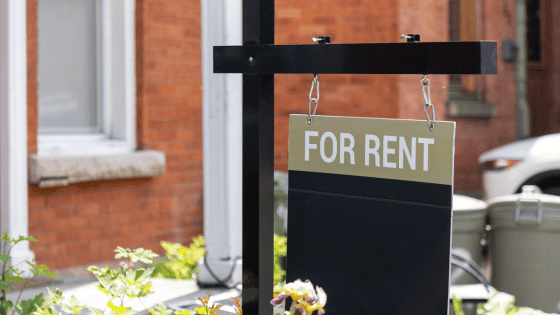Downsizing … New ownership … Health issues, either for yourself or a loved one … These are just a few of the events that can eject you from your job with little warning. You might be thinking, “That’ll never happen to me,” but according to research from Transamerica, 58% of retirees say that the timing of their departure from their employer was “earlier than they had planned.” It’s not surprising that for many in this position, the immediate emotions include anxiety, loneliness, and loss of or uncertainty about identity. It’s also obvious that financial concerns typically come to the forefront pretty quickly, as the paychecks stop and the newly retired person has to figure out how to pay the bills in this strange environment.
But the good news is that there are some specific steps you can take, both to prepare for the possibility of an unplanned retirement, and also to adapt to your new situation. I’ve worked with many clients, both men and women, who’ve been dealt this unexpected hand, and there are some proven tactics that can put you back in control and help you establish a path forward that you can feel confident about.
And by the way, this isn’t a new question. Even as far back as the pre-COVID-19 days, more than half of retired persons said they left the workforce earlier than planned, due either to unanticipated job loss or medical reasons. Despite that fact, however, more than 80% of American workers surveyed in an April 2020 study by Allianz Life believed they would be able to retire “on their own terms.” Certainly these days, as the economy enters uncertain territory, many may be wondering about their employment futures. Certainly, everyone who is still working hopes they’ll be able to retire “on their own terms,” but what if the economy or declining health make that impossible? Here are some steps you can take to be ready if you have to retire earlier than you planned.
First, it’s important not to rush into any decisions. For many people faced with an involuntary or unplanned retirement, the initial instinct is to cash in their 401Ks and other tax-qualified retirement accounts. But doing that is often a mistake, since taking money out of such plans—especially if you’re younger than 59 ½—will generate not only a lump sum that you must pay taxes on, but also an additional 10% penalty for early withdrawal. Remember: you don’t have that steady paycheck coming in anymore; you need a strategy that isn’t based on knee-jerk responses.
This is where a qualified financial planner can be helpful. A planner can work with you to systematically assess your sources of income, make rational decisions, and establish priority-based strategies. For example, if you’re 62 or older, you may want to apply for Social Security benefits. If you’re too young for Social Security, you may want to look at your 401Ks and other tax-qualified plans to see if you qualify for a tax-free rollover to a traditional or Roth IRA. If appropriate, you may be able to calculate an annual withdrawal from your IRAs and other tax-qualified accounts to provide income while taking into consideration the tax consequences. If there are gaps between your funding sources and your basic expenses, a planner can help you evaluate various alternatives for filling them. Maybe you’ve got a hobby that you can convert into a side business. Maybe you can do some consulting, based on the work you were doing before retirement. Maybe you can secure a part-time gig to provide a little more cash flow. Maybe you can sell your home and downsize to something that meets your needs but requires less monthly upkeep, freeing up cash for other uses.
Here are some additional steps you can take to take more control over your new circumstances:
- Unload your debt. The number-one enemy of a stable and low-stress retirement is too much debt. Whether you are still paying a mortgage or you have too many credit card balances, creating a strategy for knocking out your debt before you retire is one of the best things you can do for yourself.
- Get serious about your budget. This is strongly connected with jettisoning your debt. Figure out what your no-frills monthly budget is, and stick to it as much as you can. Apply any income above that amount to debt reduction, and you’ll soon start to see those debt balances fall—along with the amount of your income you have to dedicate to interest payments.
- Look ahead. Especially if you’re still working and in your prime earning years—typical of many people on the “glide path” toward retirement—make sure you have an accurate forecast of what your income and expenses will be after you’re retired. Don’t forget to include the costs of Medicare and necessary supplemental coverage and possible long-term care insurance.
- Make a plan. After you’ve got a good picture of your post-retirement needs, establish a strategy with your savings and investments to help make sure that you’ll have enough stashed away to meet your anticipated needs. One of the best ways to do this is by working with a certified, professional financial planner who can help you figure out the best way to get from where you are now to where you need to be.
At The Planning Center, we know that the unexpected happens. In fact, when it does, that may be the time when you really need guidance you can count on. If you have questions about early retirement or other important financial decisions, we’re here to help; please contact us. And to learn more, visit our website to read our article, “When Is Retirement Age? Well, It Depends…”






